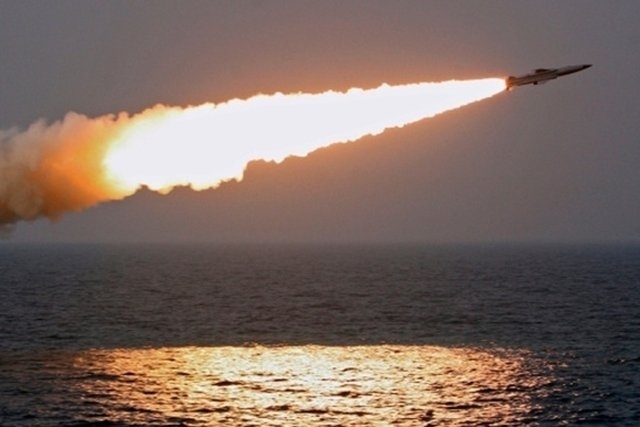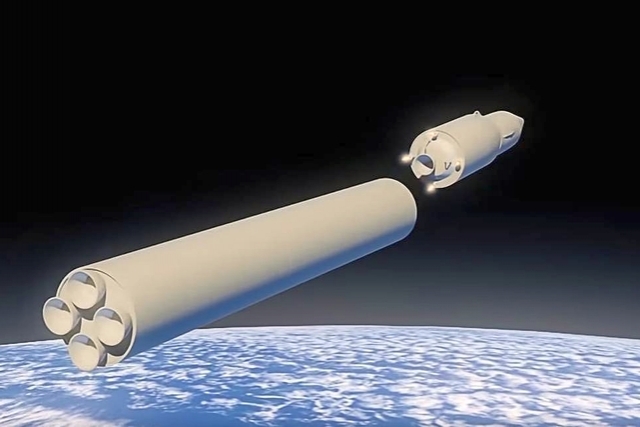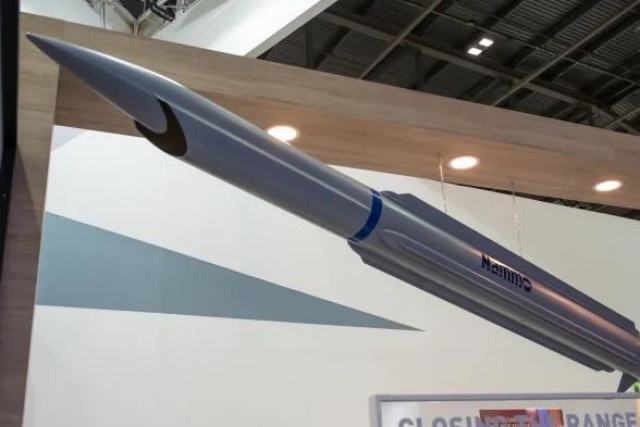US Lacks Defenses Against Hypersonic Weapons: NORAD General

Air Force General Glen D. VanHerck, commander of North American Aerospace Defense Command and U.S. Northern Command, today highlighted U.S.’ vulnerability to defend itself against threats from hypersonic weapons.
“Russia and China continue to pursue hypersonic technology with national investments, holding the homeland at risk. Defenses against hypersonic weapons have not kept pace with offensive capability advancements. Adversaries' hypersonic weapons with independent maneuvering capability challenge the Defense Department's legacy early warning systems,” he said, during remotely-held Hypersonics Weapons Summit in Washington.
The statement comes three months after a DoD official said Russia and China are both developing advanced and increasingly capable air defense systems in their arms race against the U.S.
For instance, the Russian Intercontinental Ballistic Missile Avangard hypersonic glide vehicle, which can carry a nuclear or conventional payload, is now operational. It is developing Sarmat (Satan-2) heavy ICBM.
The nuclear triad remains the bedrock of the nation's defense, VanHerck said. "However, we have to move beyond thinking about deterrence by punishment for homeland defense and start thinking about deterrence by denial," he said.

An attack on the homeland below the nuclear threshold limits U.S. options. That's why conventional deterrence is also vitally important, he said.
Defense from hypersonics doesn't require new technology, he said. It can be done with the technology at hand.
An effective defense must include pre-launch awareness, as well as an effective tracking of all stages from launch to impact, he said.
However, "the closer we let the adversary get to launch, the smaller our decision space gets, and our options to respond diminish. Defeat mechanisms should be our last resort. If we have to deploy them, then we're already in a jam," he said.
VanHerck said all-domain awareness includes deploying over-the-horizon radars and sensors from subsurface, surface, airborne and space, as well as an effective communications, command and control network, powered by artificial intelligence and machine learning.
The department is going in the right direction with these efforts, he said. For instance, the Missile Defense Agency and the Space Force are working to field a space-based hypersonic tracking system and satellites used for missile tracking.
These efforts must not only continue, but they must accelerate, he emphasized.
Also, global plans are needed since adversaries don't operate with respect to combatant command areas of responsibility. It has to be a coordinated effort across combatant commands and in conjunction with allies, partners and industry, he added.













